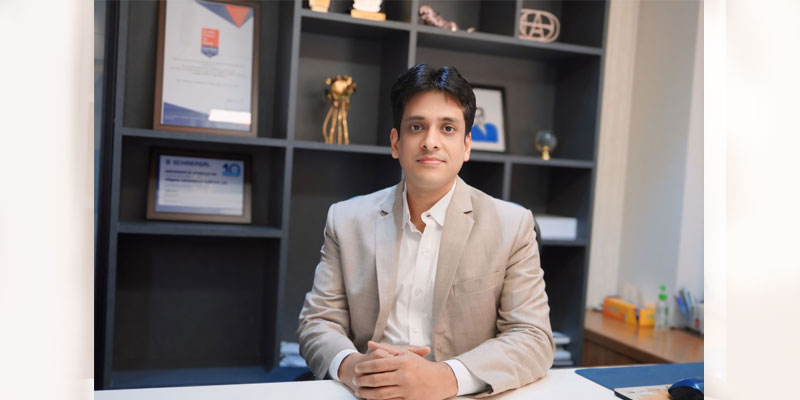Schedule a Call Back
Auto industry ‘forging’ ahead
 Articles
Articles- Jun 01,18

Related Stories
Mohini Kelkar is the new IMTMA President
The 79th Annual General Meeting (AGM) of the Indian Machine Tool Manufacturers’ Association (IMTMA) took place on 10 September 2025 at Bangalore International Exhibition Centre (BIEC), Bengaluru.
Read more
Sustainability commitments are reshaping investments: Joachim Braun of ABB
ABB, Joachim Braun, process automation, industrial automation, Rakesh Rao, Process Industries, Mining, Steel Industry, Cement Industry, Pulp and Paper, Indian manufacturing industry, North America, ..
Read more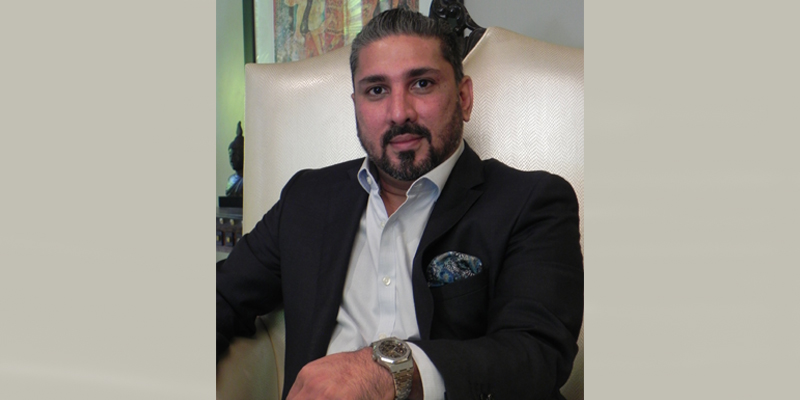
India is now positioned as a leading player in forging: Yash Munot
In this interview with Rakesh Rao, Yash Munot, President, Association of Indian Forging Industry (AIFI), highlights India’s readiness to strengthen its global position in forging, and importance o..
Read moreRelated Products
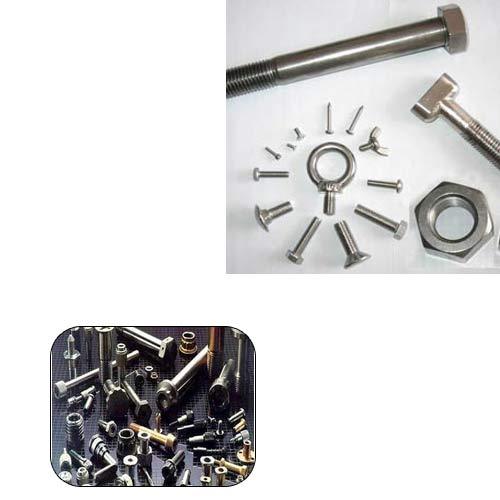
Fasteners for Automobiles
Bagadia Industrial Fasteners offers a wide range of fasteners for automobiles.
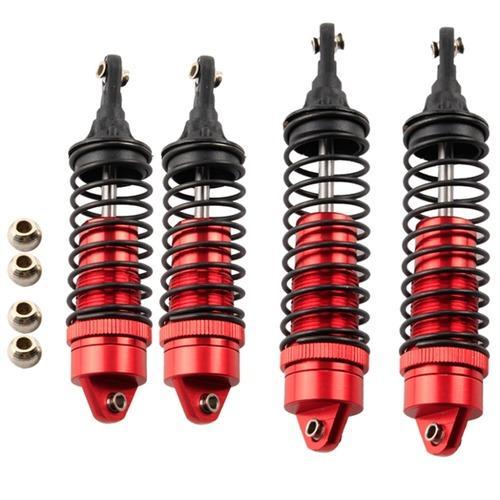
Automotive Shock Absorbers - Auto Parts
TMA International Private Ltd. has export comprehensive range of shock absorbers.
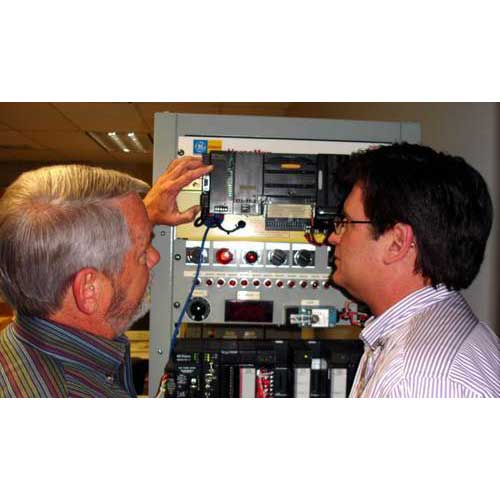
Factory Automation Service
Frontline Technologies offered factory automation services.





